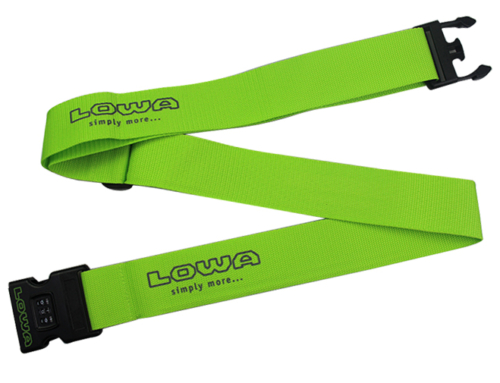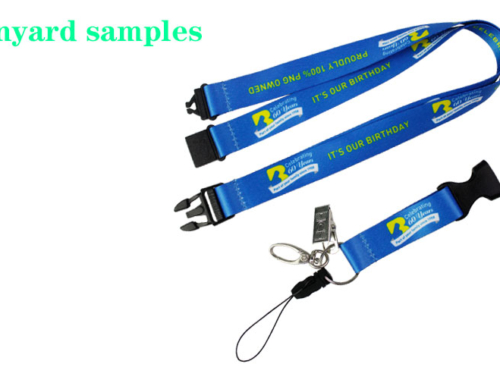Putting a dog harness on your dog is more complicated than putting on his collar. And if you’ve got a squirmy, jumpy pup, things can get knotty quick. Once you’ve decided your dog needs a harness and you’ve taken time to measure him properly for one, the next step is getting him in it with minimal frustration and tangling.

How to Put a Harness on Your Dog
If your dog’s an easy-going fellow, you can put the harness on him out of the box and begin making the needed adjustments. If he tends to be anxious when faced with the unfamiliar, introduce him to the harness a few times when he is calm before putting it on.
Though you’ve measured your dog to find his correct harness size, it still won’t be a perfect fit. When you put it on him, you’ll need to adjust the straps. If the harness is too loose, your dog can slip out of it and the straps can easily snag. If it’s too tight, the straps can impede his range of movement and cause pressure that leads to chafing and sores.
Before putting the harness on, make sure none of the straps is twisted out of alignment, which will cause chafing. If you have an over-the-head model, go ahead and slip it on. If it’s an over-the-front-legs model, lay the harness on the floor and walk your dog’s front paws into the leg openings and pull it up.
In both harness styles, the next step is to snap the buckle clip closed, pulling a little to make sure it is secure. Next, adjust the straps so they are snug, but not too tight. To check, use the same two-finger rule you use when putting a standard collar on your dog. You should be able to fit two fingers between the strap and your dog’s fur without having to force your fingers through and without excessive wiggle room. Check each strap for a good fit, paying particular attention to the straps behind his elbow where the harness moves the most and risks chafing him.
Watch for these signs the dog harness doesn’t fit:
- Fur loss around harness straps
- Chafing around harness straps
- Wiggling free
- Harness rotates to one side or the other
- Your dog begins resisting walks
Once the harness is comfortably adjusted, you’ll probably be able to slip it on and off without much fiddling. But adjust the harness each time you put it on your dog, and watch for wear and tear. The strap adjusters can loosen, particularly with heavy use, and plastic buckles can become damaged over time.





